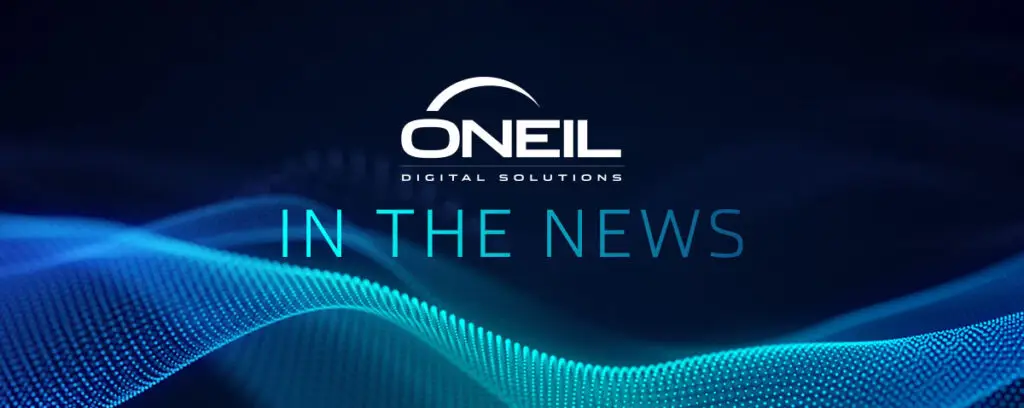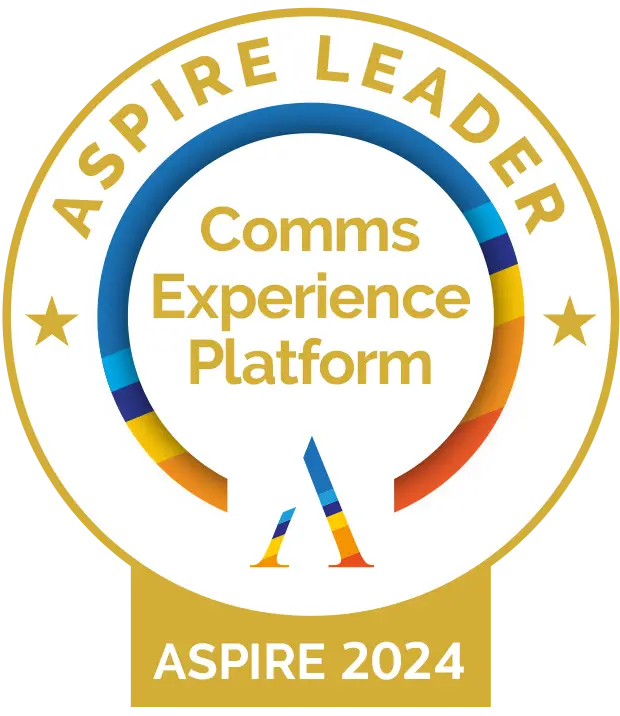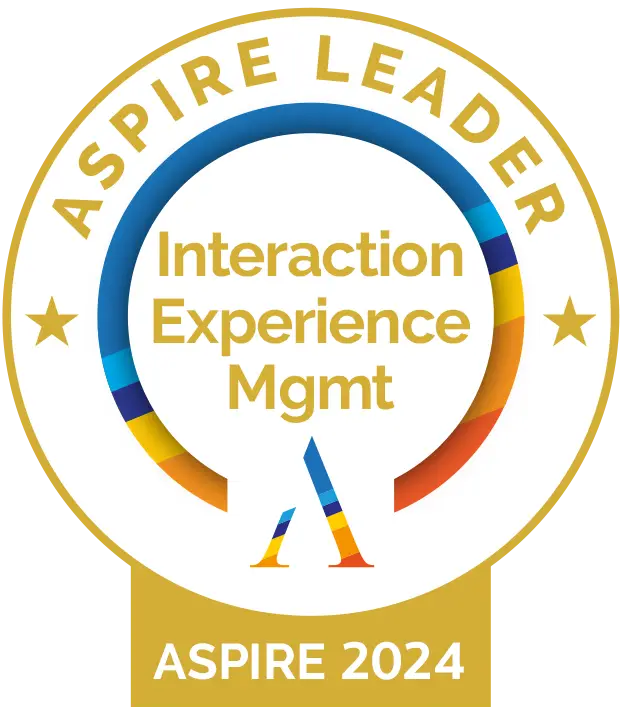Key Trends & Tips for Health Plan Leaders
Health plan leaders looking to attract and connect with new members, and bond with existing members, know they have their work cut out for them. Long gone are the days when you can send out a generic, one-size-fits-all marketing campaign with the hopes it will resonate or inspire the right healthcare behaviors.
Today’s digitally-savvy yet highly skeptical consumers not only expect hyper-customized messaging – they expect it. If you don’t communicate with them in ways that align with their interests and what matters to them, you run the risk of losing their hard-won confidence and loyalty.
Key players across the entire healthcare industry are facing this exact challenge. As the world recovers from the painful side effects of the pandemic, consumers are feeling discounted and ignored, leading them to put off essential preventative care. No one wants to see increasing rates of other diseases and conditions. Thus, earning customer trust needs to be a top priority among payers and providers alike. Leveraging your data to create more proactive and customized communications is the key to improving the customer experience and, best of all, health outcomes.
Why Customization is Critical
While highly tailored communications are second nature to the Amazons and Facebooks of the world, many organizations struggle to get it right. Compared to other consumer-based industries such as banking, retail, and travel, healthcare lags behind. Some of the latest research points to frustration and low satisfaction with 54% of consumers feeling that their healthcare providers and insurers don’t have the contextual information needed to customize recommendations. Even worse, more than 50% reported they’d rather deal with jury duty or the DMV compared to a health insurance issue. Ouch.
Needless to say, healthcare consumers have reached their tipping point. They’re getting content and messaging that aligns with their interests from countless other businesses. Why shouldn’t they expect the same from healthcare brands? After all, healthcare is highly personal.
Health plans can’t ignore their customers’ calls for better – or the rewards that come with it. A McKinsey study found that organizations serving up more customized communications generate 40 percent more revenue from those activities than average players. There are a few other long-term benefits that can be achieved: Increased loyalty, customer referrals and greater lifetime value.
Put Your Data in the Driver’s Seat
If your organization is looking to create and deliver more tailored communications to members or prospects, start with your data. But we don’t just mean using demographic-based data to bucket members into pre-determined groups or insert their first names into the subject line of an email. Tactics that worked 5-10 years ago to motivate customers to schedule their annual wellness checks, take advantage of pharmacy benefits, fill out a survey, etc. may not be as effective today.
When it comes to healthcare decision-making, people are much more complex. Why one 50-year old woman living in Chicago gets a mammogram may be completely different than another 50-year old woman in the same area. Hence, you can’t rely on demographics alone.
Fortunately, modern technology empowers you to gain a deeper understanding of your customers so you can take a more proactive approach. Our comprehensive SaaS platform, called ONEsuite, is integrated with the ONEscore data analytics engine which assesses your customers’ background and behavior, and then segments them into “live” personas. Assigned to every individual in your database, the personas are constantly updated to reflect a range of criteria including artificial intelligence, marketing analytics, channel preferences, psychological and socioeconomic dynamics, personal health risk factors, etc. The unparalleled combination of these data points fuels hyper-tailored communications across every stage of the customer journey.
The Pillars of Customized Communications
After investing in the right CCM platform, you’re ready to take your customization efforts to the next level. However, there are some foundational best practices to apply across your communications campaigns. Here are five things to keep in mind:
1. Opt for omnichannel
Effective communications engage customers across multiple channels – your website, landing pages, email, social media, phone calls, digital surveys and even printed documents such as mail or benefits packets. Healthcare organizations should use data to develop and implement an omnichannel plan that meets customers where they are, not where they’re expected to be.
2. Consider cultural and socioeconomic context
The demographic and cultural landscape has only gotten more diverse for health plans. This is precisely why the one-size-fits-all messaging approach doesn’t work anymore. Your campaigns can’t overlook the many factors influencing an individual’s healthcare decisions. These include education, economic stability, cultural norms, neighborhood, housing environment, and more.
When you craft a healthcare communication that demonstrates an understanding of someone’s background and healthcare interests, you’re more likely to motivate the right behaviors and foster stronger bonds with your customers. Again, this is where our ONEsuite Solution can lend a helping hand, allowing you to analyze, update and utilize dynamic customer insights.
3. Follow privacy protocols
One of the major dilemmas regarding hyper-tailored communications is privacy. On one hand, you want to show customers that you “get” them; on the other hand, you don’t want to disclose so much that they’re scared by how much you know. To say this is a tricky balance would be an understatement.
Because healthcare is such a deeply personal and confidential matter, you should exercise caution in terms of how much data you collect and how you use it. Transparency is always a best practice. It’s also obvious that you need to adhere to governmental regulations and avoid measures that forego customer privacy rights.
4. Optimize, then optimize again
Even with the most reliable, up-to-date data and tools in place, it takes time to nail down the right messaging. Audiences change, healthcare needs fluctuate and decision-making gets longer or shorter depending on the circumstances. As a result, you need to review your analytics and fine tune every communication on a regular basis. If one tactic doesn’t yield a high conversion rate, shift the message or the medium to see what works. Try, fail, try again and triumph is the new recipe for success.
5. Put people first, always.
Communications customization is so effective because it treats your customers like PEOPLE. They aren’t just statistics or numbers. They’re real, living, and fluid beings that want and, most importantly, deserve to be communicated with as such.
Similarly, people want to see the humanity and compassion behind your brand. After two years of pandemic-related loss and hardship, now’s the perfect time to share the authentic and human side of your story. After all, you’re made of real people, too.
The volume and variety of customer data that’s available today lay the foundation for effective customization in healthcare communications. However, you can’t just collect data. You must use it to create highly relevant campaigns correlated with your customers’ ever-shifting interests and motivations.
These steps pave the path for long-lasting customer relationships and, ultimately, more successful health outcomes. After the last few years, that’s something we can all get behind and work hard to achieve.
As the leader in Customer Communications Management (CCM), our team can advise you on digital solutions that align with your organization’s lead acquisition and nurturing objectives. Contact us for a free 15-minute consult or to preview our ONEsuite CCM platform.









